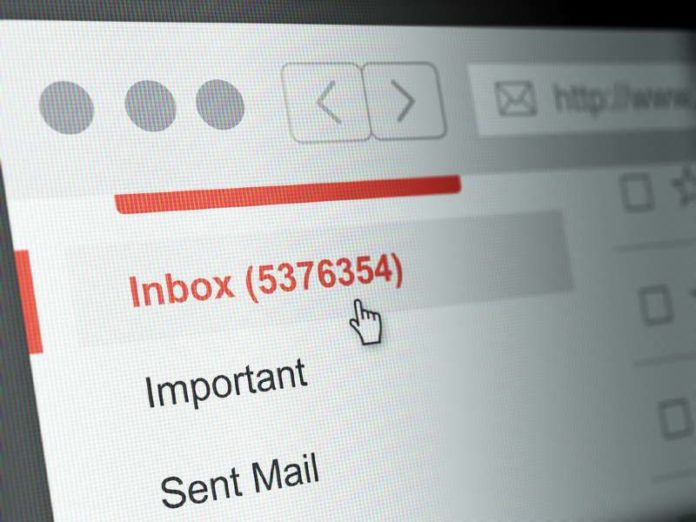Remember when work email was mostly important business? Your inbox was full of conversations, topics, and attachments that deserved your attention. Well, email has come a long way…and for many, it has taken a bad turn. Today, our work inboxes are stuffed with unnecessary cc’s, spam, and worse. It’s overwhelming and exhausting.
If you work with clients over email, you’ve probably heard “I didn’t get your email” or “Can you resend the file?” Did the client lose the communication? Or did we not send it in the first place? A better question might be “How can we position ourselves and our clients to be more successful together?”
Luckily, it is possible to streamline client communication with technology so we can all work faster, safer, and clutter free. And the best part is, the experience is amazing.
Good things happen when we move communication out of email. We text friends and family. We use social media to keep in touch. We use apps to handle our banking and finances. Each of these experiences is delightful in ways that email never was. When a firm adopts this new attitude towards client communications, they elevate their client experience to 2.0. Today, technology makes it available to businesses of every type, size, and budget.
Defining Client Experience 2.0
Client Experience 2.0 means using technology that is designed with your clients in mind – specifically the way you communicate with, and exchange data with your clients. Your digital client experience is the face of your firm and the right solution will not only make things easier on you, it will also make life easier for your clients. If you are seeking to elevate your client experience, start by considering these three factors: efficiency, client satisfaction, and security.
Efficiency
Pre-COVID, the average office worker received 121 emails a day. Business owners received even more, making it almost impossible to keep up. The key to success is to separate the signal from the noise. By prioritizing client communications in their own channel, firms can stay focused on the most important part of their business — their clients — while reducing the stress and distraction of general email.
With client communication in the right place and at the fingertips of the firm, nothing falls through the cracks. Communication comes in linked with the client in question and staff can easily see what needs action each day. Your firm can provide seamless client service even if a staff member is on leave. This level of transparency helps you do more with less, and it delights clients as well.
Client Satisfaction
Client-facing technology only works if clients use it. For that reason, it’s important to start with the client experience and work backward. For example, 80% of consumers prefer to bank online because it is more convenient than traditional banking. By recognizing that their clients are on the go and providing a delightful mobile and online experience, modern banks have increased client satisfaction, decreased churn and improved efficiency.
As you think about your digital client experience strategy, keep your clients’ needs at the center. Remember that clients want EASY. By prioritizing ease-of-use, mobility, and client delight, you’ll thrill your clients and elevate your brand.
Security
Last but not least, moving sensitive communications away from email is a win for both firms and clients. In 2020, the number of business-email-compromise attacks has increased significantly. In fact, the FBI, IRS and even AARP have all identified business email compromise as a top risk to businesses and their clients.
To address this, firms should avoid sending sensitive information over email. Moving communications to a secure, invitation-only platform reduces risk for both firms and their clients. If that platform is designed with the client in mind, and provided in a delightful mobile app, clients will not only use it, they will love it.
Next steps?
If you’re ready to begin your journey to Client Experience 2.0, start with where your clients are today and make plans to adopt technology that streamlines communication. This doesn’t have to be an all-or-nothing proposition. For example, many successful banks, grocery stores, etc., complement their traditional in-person service with a terrific mobile app. In doing so, they expand their customer base, lower operating costs, and position themselves for long-term growth. You can do the same by creating a clear vision for your business that includes less email, better security, and customer delight. And luckily, there are apps for that!
Chris Farrell, CPA is the CEO of Liscio, a software company whose mission is to empower professional services firms of all sizes to put their clients first. By starting with the customer and delivering a secure mobile platform for them to exchange sensitive information, Liscio delights clients, increases engagement, and deepens their connection to the firm. Client Experience 2.0 begins with Liscio.
Email stock photo by AFANASEV IVAN/Shutterstock







